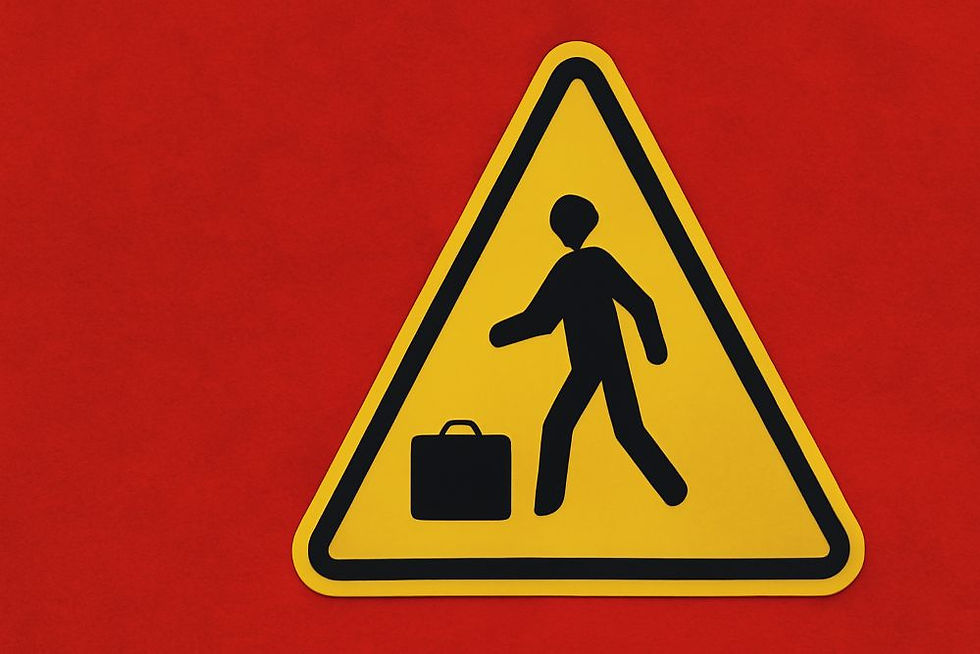Trump Pharma Tariffs May Soar to 250%
- Admin
- Aug 5
- 3 min read

Trump Pharma Tariffs May Soar to 250% – What It Means for America and the World
In a surprising turn, the U.S. President Donald Trump announced that tariffs on imported pharmaceuticals could soon reach 250%.
The statement came during an interview with CNBC. Trump said the U.S. will begin with “an initially small tariff,” but within a year or so, it will rise sharply.
His words were direct:
“In one year, one-and-a-half years maximum, it’s going to go to 150 percent. And then it’s going to go to 250 percent.”
This aggressive stance is part of Trump’s broader effort to bring pharmaceutical manufacturing back to the U.S. He made it clear: America should no longer rely on foreign countries for critical drugs.
At first glance, it sounds patriotic. Make medicine at home. Create jobs. Secure supply chains.
But let’s pause and think:
Many Americans depend on cheap imported drugs.
Insurance systems are built around those prices.
Hospitals, nursing homes, and small clinics rely on them daily.
If the U.S. slaps a 250% tariff on those imports, the prices could skyrocket unless local manufacturing steps in quickly.
But domestic drug production doesn’t happen overnight. It takes years to build safe, certified pharmaceutical factories. It also takes skilled labor, raw materials, and huge investments.
In short: the cost will go up and quickly unless a plan is in place.
Let’s break it down simply.
Imagine you pay $10 for a monthly drug.
If a 250% tariff hits, the price could rise to $35, depending on supply chains.
Insurance may not cover the full increase.
Millions of patients could be affected especially seniors and low-income families.
Cancer drugs, antibiotics, insulin, and heart medications are often imported or have foreign components. The ripple effects could be massive.
There’s a strong reason behind the idea. During COVID-19, America faced drug shortages. Much of the world depends on India and China for raw pharmaceutical ingredients. This creates a national risk if trade ties break or crises emerge.
Trump’s plan sounds like a bold move to fix that.
But critics warn it might do more harm than good unless domestic drug production scales up fast and efficiently.
Pharmaceuticals aren’t the only target. Trump also revealed that semiconductors the tiny chips that power everything from phones to missiles will face new duties soon.
And in a separate warning, he said the U.S. plans to substantially increase tariffs on Indian imports, especially due to India’s purchase of Russian oil.
This signals a return to Trump’s aggressive trade tactics, similar to his time in office.
He had earlier imposed:
50% tariffs on steel and aluminum
10% tariffs on almost all trading partners
Lower tariffs on auto parts
Sector-specific duties based on national security probes
Markets react to trade tensions.
Pharma stocks may swing depending on whether firms rely on imports or produce domestically. Expect volatility in health and tech stocks especially if supply chains are disrupted.
Foreign relations also come into play. India is a key U.S. ally. Yet Trump’s comments could strain diplomatic ties and trade deals.
What's the Bigger Picture?
This is more than just tariffs. It’s a glimpse into how Trump — if elected — plans to reshape global trade.
He’s placing America First — again. But this time, the focus is on medicine, tech, and oil.
This approach could:
Push companies to move factories back to the U.S.
Create new jobs in manufacturing
Disrupt global supply chains
Raise prices for American consumers in the short term
Doctors and pharmacists are watching closely. One hospital director told us:
“We can’t afford sudden jumps in drug costs. The government must think about hospitals and patients first.”
A small pharmacy owner added:
“If this goes through, many of us will struggle to keep common medicines affordable. It’s the poor who suffer most.”
Trump’s announcement isn’t just political noise. It could change how Americans access life-saving medicine.
If implemented, the 250% pharmaceutical tariff will impact patients, insurers, hospitals, and foreign drugmakers.
The goal is clear: bring drug manufacturing back home. But the path is steep, and the stakes are high.
Tariffs may build factories. But they can also break wallets.
The question now is: Can America rewire its drug supply chain fast enough to avoid pain for the people who need it most the sick, the elderly, and the poor?
Only time will tell.









Comments